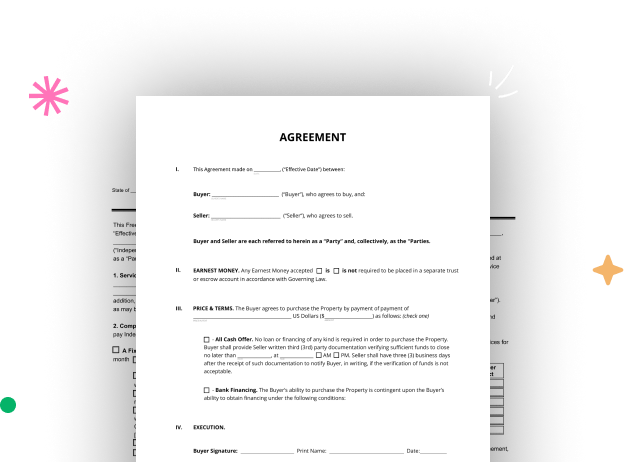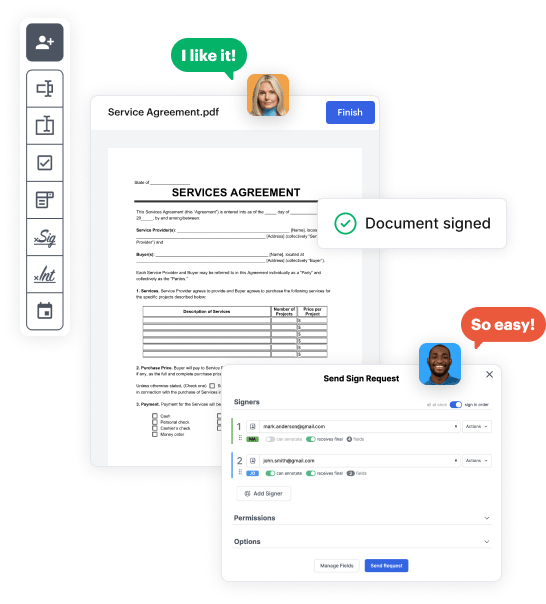

Go to the DocHub website and register for the free trial. This gives you access to every feature you’ll need to build your Arizona State Law with no upfront cost.
Log in to your DocHub account and navigate to the dashboard.
Click New Document in your dashboard, and choose Create Blank Document to design your Arizona State Law from scratch.
Insert various elements such as text boxes, radio buttons, icons, signatures, etc. Organize these fields to match the layout of your document and designate them to recipients if needed.
Organize your document in seconds by adding, repositioning, removing, or combining pages with just a few clicks.
Turn your newly crafted form into a template if you need to send many copies of the same document repeatedly.
Send the form via email, distribute a public link, or even post it online if you wish to collect responses from a broader audience.